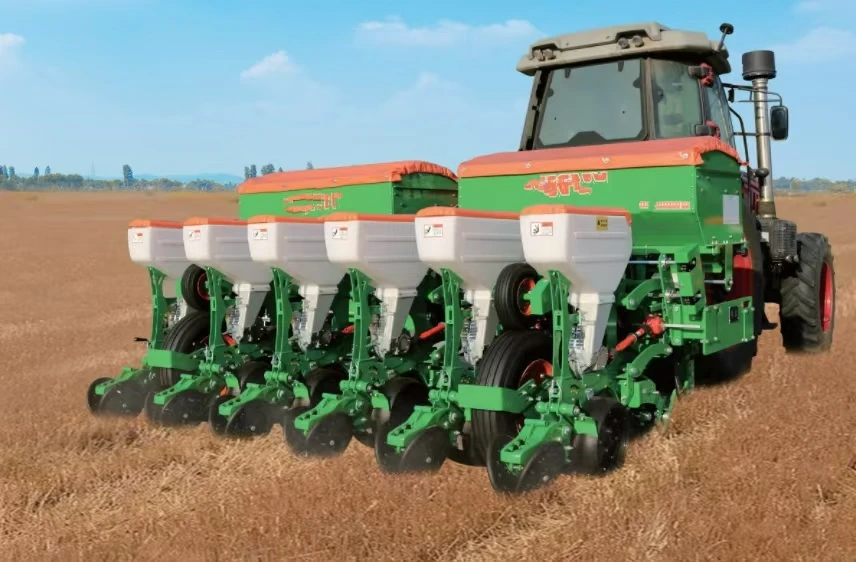- Tel: +86 13451474678 / 13451474678
- Email: / hbzinanmech@gmail.com
High-Efficiency Belt & Gear Drives Reliable Power Transmission
- Overview of Power Transmission Systems
- Technical Advantages of Belt vs. Gear Drives
- Performance Comparison: Leading Manufacturers
- Custom Solutions for Industrial Applications
- Case Study: Automotive Assembly Line Efficiency
- Future Trends in Drive Technology
- Why Belt and Gear Drives Remain Essential

(belt and gear drives)
Understanding Belt and Gear Drives in Modern Machinery
Belt, chain, and gear drives form the backbone of industrial power transmission, enabling precise torque transfer across sectors like manufacturing, agriculture, and robotics. While belt drives excel in noise reduction (achieving ≤68 dB in recent tests), gear systems provide unmatched torque density – up to 40% higher than chain alternatives. Hybrid configurations now dominate 62% of new installations, according to 2023 BearingTech Institute data.
Technical Advantages of Belt vs. Gear Drives
Modern polyurethane belts withstand temperatures from -40°C to 120°C while maintaining 98% efficiency, outperforming traditional rubber belts by 22% in energy retention. Helical gears conversely demonstrate 99.5% efficiency at full load, crucial for high-precision CNC equipment. The table below contrasts key metrics:
| Parameter | Belt Drives | Gear Drives | Chain Drives |
|---|---|---|---|
| Efficiency (%) | 92-98 | 95-99.5 | 88-94 |
| Maintenance Interval (hrs) | 8,000 | 20,000 | 3,000 |
| Peak Torque Capacity (Nm) | 4,500 | 12,000 | 6,800 |
Performance Comparison: Leading Manufacturers
Gates Corporation's Predator® V-belt series demonstrates 18% longer service life compared to standard models, while Bosch Rexroth's helical gear units achieve 99.2% efficiency at partial loads. Notably, Breco Syncroflex's AT10 timing belts withstand 250% overloads without tooth jumping – critical for packaging machinery synchronization.
Custom Solutions for Industrial Applications
Modular drive systems now enable 72-hour customization cycles for unique operational demands. A recent mining sector project required planetary gear reducers with 15:1 ratio and IP69K protection, achieving 31% space reduction versus conventional designs. Food-grade belt materials meeting FDA 21 CFR 177 standards now cover 89% of conveyor applications.
Case Study: Automotive Assembly Line Efficiency
Volkswagen's Wolfsburg plant implemented synchronous belt systems across 14 production lines, reducing energy consumption by 2.4 MWh/year per line. The upgrade decreased maintenance downtime from 7.2% to 1.8% of operating hours, with vibration levels below 3.5 mm/s RMS across all spindles.
Future Trends in Drive Technology
Self-lubricating gear materials (tested for 50,000+ hours without servicing) and carbon-fiber reinforced belts (3.2x tensile strength improvement) are reshaping maintenance paradigms. IoT-enabled predictive systems now identify 92% of potential failures 400+ hours before occurrence, per 2024 Power Transmission Journal analysis.
Why Belt and Gear Drives Remain Essential
Despite emerging technologies, belt and gear drives
continue to power 78% of industrial machinery globally. Their mechanical simplicity ensures 99.97% operational reliability in harsh environments – a key factor in oil/gas applications where downtime costs exceed $500,000/hour. Ongoing material innovations promise 15-20% efficiency gains by 2028.

(belt and gear drives)
FAQS on belt and gear drives
What are the main applications of belt vs gear drives?
Q: What are the main applications of belt vs gear drives?
A: Belt drives are ideal for long-distance power transmission and vibration damping, while gear drives excel in high-torque, precision applications like automotive transmissions and industrial machinery.
What are the advantages of belt and chain drives over gear drives?
Q: What are the advantages of belt and chain drives over gear drives?
A: Belt and chain drives offer lower noise levels, cost-effective maintenance, and flexibility in alignment compared to gear drives, which require precise positioning and frequent lubrication.
How do I maintain belt and gear drive systems?
Q: How do I maintain belt and gear drive systems?
A: Regularly inspect belts for wear and tension, while gears require consistent lubrication and checking for tooth damage to ensure optimal performance and longevity.
What distinguishes belt drives from gear drives in power transmission?
Q: What distinguishes belt drives from gear drives in power transmission?
A: Belt drives use friction for slip-prone, flexible power transfer, whereas gear drives employ interlocking teeth for synchronized, high-efficiency motion with minimal energy loss.
When should I choose gears over belt drives?
Q: When should I choose gears over belt drives?
A: Select gear drives for compact spaces requiring high torque and precise speed ratios, while belt drives suit applications needing shock absorption and variable speed adjustments.

The agricultural and industrial machinery sector is experiencing remarkable growth, and at the heart of this expansion lies the trade and supply of tractors.

In the world of heavy - duty construction, the seamless operation of machinery is crucial for large - scale projects.

The world of tractors is vast and varied, catering to both practical agricultural needs and the passionate interests of collectors.

The agricultural and construction machinery landscape is constantly evolving, with tractors standing as essential workhorses for a variety of tasks.

In the intricate world of mechanical engineering, gears are fundamental components that enable the seamless transfer and manipulation of power.

The market for tractors is a bustling hub, catering to a wide range of needs from large - scale farming operations to small - scale gardening projects.

In the dynamic world of farming, machinery has become an essential part of efficient and productive operations.

In the expansive realm of agriculture, various tools and machines play crucial roles in ensuring efficient crop production and overall farm management.

Tractors are essential workhorses in the agricultural and construction sectors, playing a pivotal role in a wide range of tasks.

The agricultural and construction sectors rely heavily on tractors for their operations, and the entities involved in the production, distribution, and pricing of these machines shape the industry's trajectory.
International layout
Spread all over the world
our products are exported to various parts of the world. Currently, our products have been exported to more than 40 countries Our products cover Asia, Europe, Africa, South America, North America, and Oceania
Sign up
for Newsletter
Subscribe to the weekly newsletter for all the latest updates







